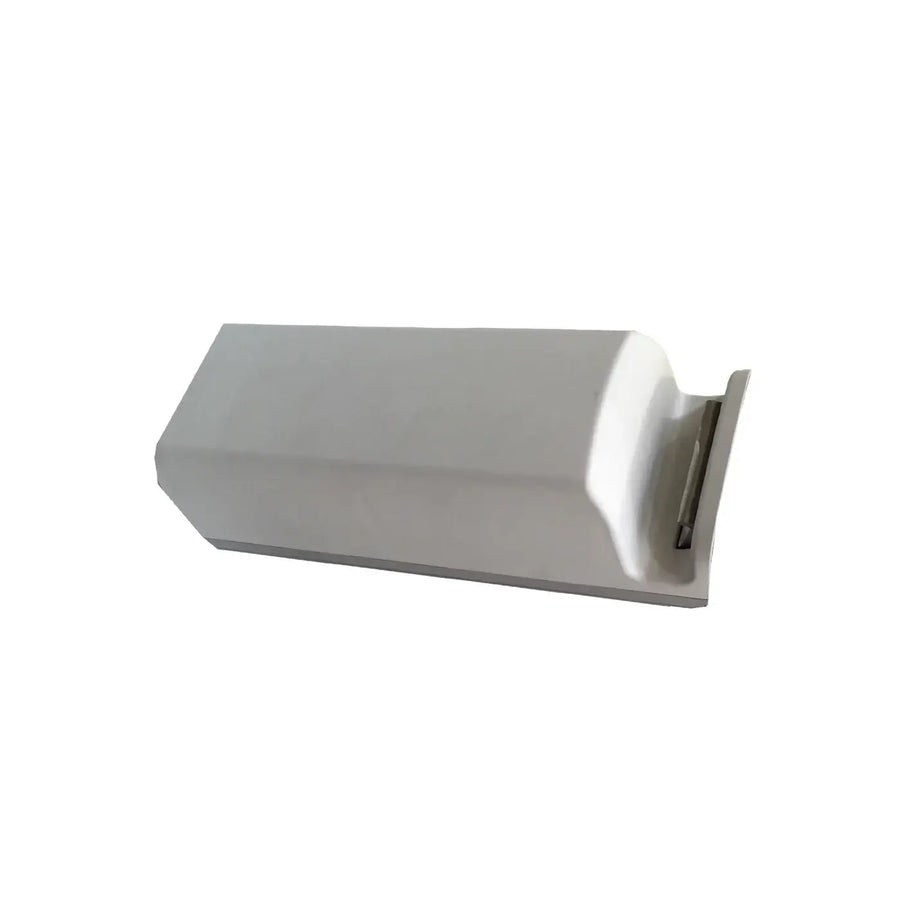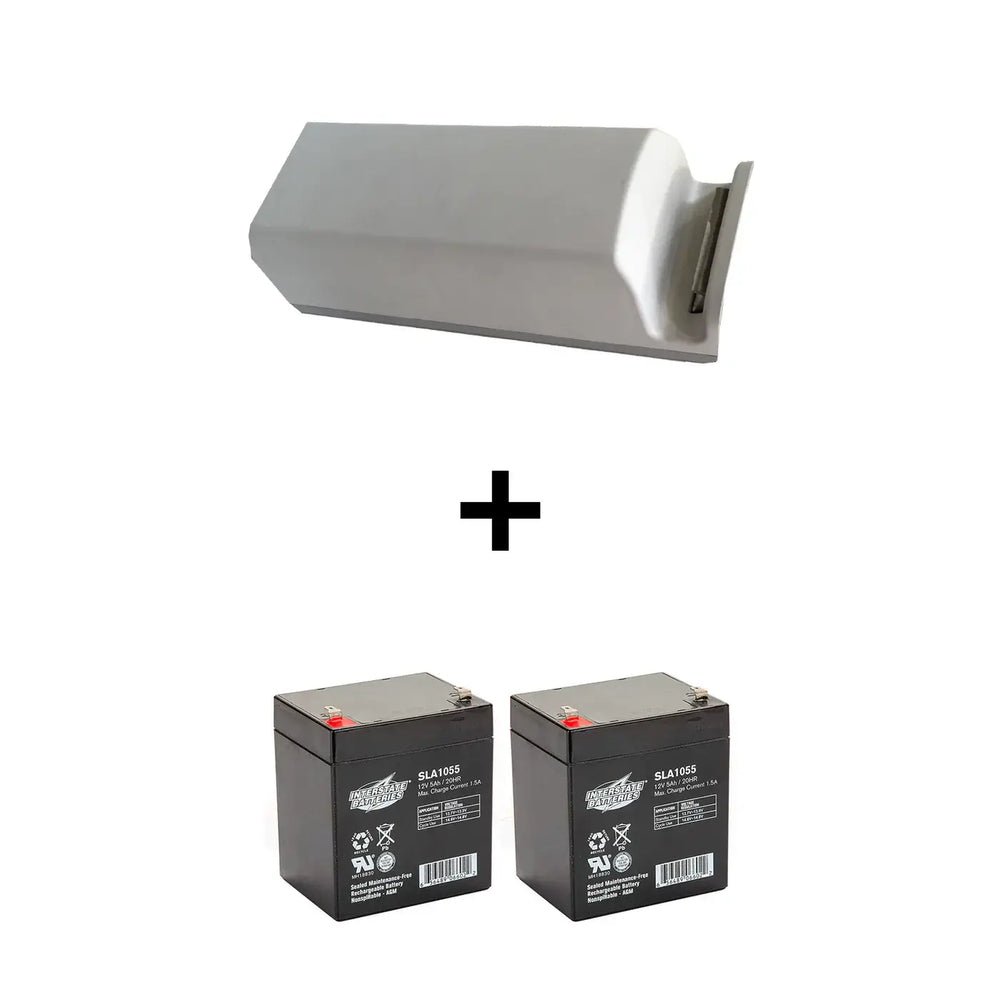How Can a Portable Handicap Ramp Improve Accessibility?
Accessibility is a fundamental right, and portable handicap ramps play a crucial role in ensuring that individuals with mobility challenges can navigate spaces safely and independently. Whether at home, in public places, or while traveling, these ramps eliminate barriers, offering freedom and confidence to those who need them.
In this guide, we'll explore the benefits and features of portable handicap ramps, as well as key tips for choosing and using them effectively.

What Are Portable Handicap Ramps?
A portable handicap ramp is a lightweight, easy-to-transport ramp designed to bridge gaps between surfaces, such as curbs, steps, or raised entrances. These ramps provide smooth and safe transitions, making movement easier for wheelchair users, individuals using walkers, and those with limited mobility.
Types of Portable Handicap Ramps
Understanding the different types of ramps available can help you choose the best option for your needs:
✅ Folding Ramps – Ideal for frequent transport and storage. These ramps fold in half, making them easy to carry and set up in various locations.
✅ Threshold Ramps – Designed for doorways, raised landings, or small steps, these ramps provide seamless entry into homes or buildings.
✅ Suitcase Ramps – A compact, single-fold ramp with a built-in handle, perfect for travel and temporary use.
✅ Telescoping Ramps – Adjustable in length, these ramps allow users to customize the incline based on their needs.
Each type offers unique benefits, catering to different accessibility requirements and environments.
Benefits of Using a Portable Handicap Ramp
Portable ramps go beyond just convenience; they provide life-changing benefits for individuals with mobility challenges.
1. Increased Independence
One of the biggest advantages of using a portable ramp is freedom of movement. Users no longer have to rely on assistance to enter buildings, access vehicles, or navigate steps.
👉 Example: A wheelchair user can independently enter a friend's house without requiring help, making social visits more accessible.
2. Versatile and Travel-Friendly
Whether you're visiting family, heading to the park, or going on vacation, portable ramps make it easy to navigate different environments. Their lightweight design and foldable structure make them perfect for on-the-go use.
3. Safety and Stability
Portable ramps are designed with non-slip surfaces and safety rails to provide stability, even in wet or uneven conditions. This reduces the risk of falls and injuries.
4. Adaptability to Different Surfaces
Portable ramps work well on:
✅ Sidewalks and curbs
✅ Steps and door thresholds
✅ Public transportation platforms
✅ Raised landings and entryways
This adaptability ensures a smooth, safe transition in various locations.
Key Features to Look for in a Portable Ramp
When choosing a portable handicap ramp, consider these essential features:
✅ Weight Capacity – Ensure the ramp supports your weight plus the mobility device (wheelchair, scooter, etc.). Standard ramps can handle 600-800 lbs, but bariatric models support even more.
✅ Non-Slip Surface – Look for a ramp with a textured, anti-slip surface to prevent slipping in rainy or icy conditions. Some ramps come with rubber grips for extra traction.
✅ Durable & Lightweight Material – Aluminum ramps are popular because they are lightweight, rust-resistant, and durable. Composite or fiberglass ramps may also be an option for indoor use.
✅ Safety Rails or Raised Edges – Side railings prevent wheels from slipping off the ramp, providing added security.
✅ Proper Length and Incline – Longer ramps provide a gentler incline, making it easier to navigate. Always ensure the ramp length follows the ADA-recommended incline for safe use.
🚨 Pro Tip: Check local accessibility guidelines to ensure your ramp meets safety standards.
Installation and Usage Tips
1. Proper Setup for Safety
✅ Place the ramp on stable, even ground to avoid shifting.
✅ Secure the top edge firmly against the surface (doorstep, curb, or van).
✅ If using on a steep incline, have someone assist for added safety.
2. Safe Usage Techniques
✅ Wheelchair users should approach the ramp straight on for balance.
✅ Caregivers assisting should stand behind the user, applying steady pressure.
✅ Always test the ramp for stability before full use.
3. Regular Maintenance
✅ Inspect for wear and tear – Check for loose bolts, cracks, or worn traction surfaces.
✅ Clean regularly – Remove dirt and debris that could make the surface slippery.
✅ Store properly – Keep the ramp in a dry area to prevent rust or damage.
Taking these precautions ensures the ramp stays safe and functional for long-term use.
Final Thoughts: Why a Portable Handicap Ramp is Essential
A portable handicap ramp is more than just a convenience—it’s a life-changing tool for individuals with mobility challenges. By providing independence, safety, and adaptability, these ramps make the world more accessible for everyone.
Key Takeaways:
✅ Enhances independence by eliminating accessibility barriers.
✅ Lightweight and portable, perfect for travel and daily use.
✅ Safe and durable, with non-slip surfaces and secure grip features.
✅ Customizable options for different needs and environments.
Investing in the right ramp can open doors—both literally and figuratively—creating a more inclusive and accessible world for all.
Let Us Know What You Think!
Your thoughts and questions are incredibly valuable to us, and we'd love to hear from you. If you have additional insights to share, your comments can spark meaningful discussions and enhance the collective knowledge of our community. Don't hesitate to ask any questions you may have; our team is here to provide answers and engage with you. So, please, take a moment to leave a comment or question below. Your input is much appreciated!







Leave a comment